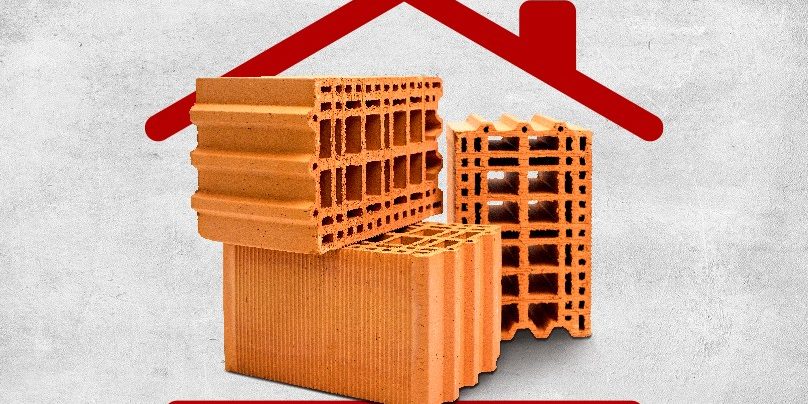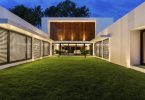Contrary to popular belief, air temperature is just one of many factors that determine thermal comfort indoors. A wide range of environmental and personal factors affect thermal conditions. These include:
- Air temperature
- Radiant temperature
- Air velocity
- Humidity
- Uniformity of conditions
- Clothing
- Metabolic rate
- Acclimatization
- State of health
- Food and drink availability
Having temperature control is very important, especially for people whose wellbeing depends on it. An uncomfortable environment can take a toll on mental and physical performance everywhere. Therefore, the thermal performance of a building is integral to maximum productivity and happiness.
http://solent-art.co.uk/paintings/lymington-market/ What Draper Thermal Performance Means
(Source: Archdaily)
While there are no universal standards for thermal performance, keeping certain things in mind is crucial for the best experience indoors. Ironically, for the best interior temperature, you need good exteriors for the building. A well-managed envelope ensures a balanced internal temperature while reducing mechanical systems’ need, thereby making the structure sustainable. This is achieved through 4 primary ways:
- Insulation: High insulation properties is key to a comfortable thermal setting. Opaque and glazed areas can reduce heat gain in warmer temperatures while conserving heat in colder times.
- Solar Gain: This determines how much heat from the sun is absorbed or reflected. Depending on the building’s design and orientation, the ratio of opaque-to-glazed areas, heat reflection abilities, insulation levels, and nearby shading elements, the building’s ability to gain or lose solar energy is determined.
- Thermal Inertia: This refers to how quickly the building’s temperature affects its surroundings. This depends on the building materials and structures used. Various materials react with the exterior environment differently, e.g., bricks and stones are considered to have high thermal inertia. Therefore, they are used in warmer climates, keeping the interiors cooler. Meanwhile, colder regions require low thermal inertia materials (e.g., wood) warming interiors up faster.
- Air Ventilation: Air circulation determines the atmosphere’s comfort to a large extend. Whether done through natural or mechanical ventilation, air currents ease humidity and ensure an infiltrated airflow.
Thermal comfort is ensured through these methods. But the primary determinant is the building materials used.
The latest building materials to optimize thermal performance today are Porotherm Clay Bricks.
These hollow clay bricks offer better efficiency, durability, and ease of use. They come in two types: non-load bearing and load-bearing bricks. The former is best for high-rise apartment buildings while providing insulation due to the hollowness. Meanwhile, the load-bearing solution saves on steel and concrete expenses by doing away with RCC frame structures. Ideal for G+1 floors, these highly compressive strength bricks enable load-bearing construction.
These bricks have several advantages:
- They are 60% lighter than conventional walling material
- They are strong and durable
- They offer exceptional thermal and sound insulation
- They only absorb 15% of moisture from the environment, minimizing any risk of dampness, shrinkages of walls, and cracks
- They are not susceptible to carbonation, further improving durability
RETV study report measures the U-value of various building materials. The U-value refers to the heat transmission of any material. Run across four cities with different climates; the study revealed that Porotherm HP and Porotherm Thermobrick had U-values of 0.585 and 0.96, respectively. Meanwhile, the Solid Concrete and RCC Sheer Walls sported 2.83 and 3.69, respectively. The Porotherm bricks were better at thermal control than the more popular walling choices today.
Conclusion
The Bureau of Energy Efficiency is currently pushing to incorporate Porotherm and other RETV-compliant materials into construction processes. This will reduce environmental impact, making buildings more sustainable while ensuring durable, strong, and thermally well-controlled living spaces.
Wienerberger offers the highest quality clay bricks. These have long been the most efficient construction material, ensuring energy efficiency while minimizing negative environmental implications. It brings you some of the most popular and trustworthy building materials to live a green and clean life!







